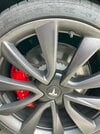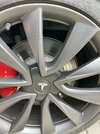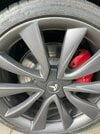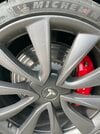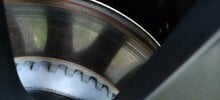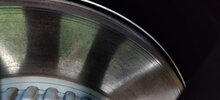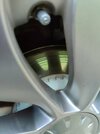So, I’ve read multiple issues online but I think I have SIGNIFICANT grooves on my discs.
I popped into Leeds SC yesterday just to ask. They didn’t assess the car, but the lovely lady said “do you have a performance with red brake callipers”. Apparently it’s a currently rising issue, and they’re currently preparing a case study with brembo.
Advised to book a service and upload pictures then await to hear something.
I’ve attached the pictures. My car was delivered 28/03/2020, I’ve done 6,800 mile so definitely not something I’d expect to be normal in that time frame
I popped into Leeds SC yesterday just to ask. They didn’t assess the car, but the lovely lady said “do you have a performance with red brake callipers”. Apparently it’s a currently rising issue, and they’re currently preparing a case study with brembo.
Advised to book a service and upload pictures then await to hear something.
I’ve attached the pictures. My car was delivered 28/03/2020, I’ve done 6,800 mile so definitely not something I’d expect to be normal in that time frame



